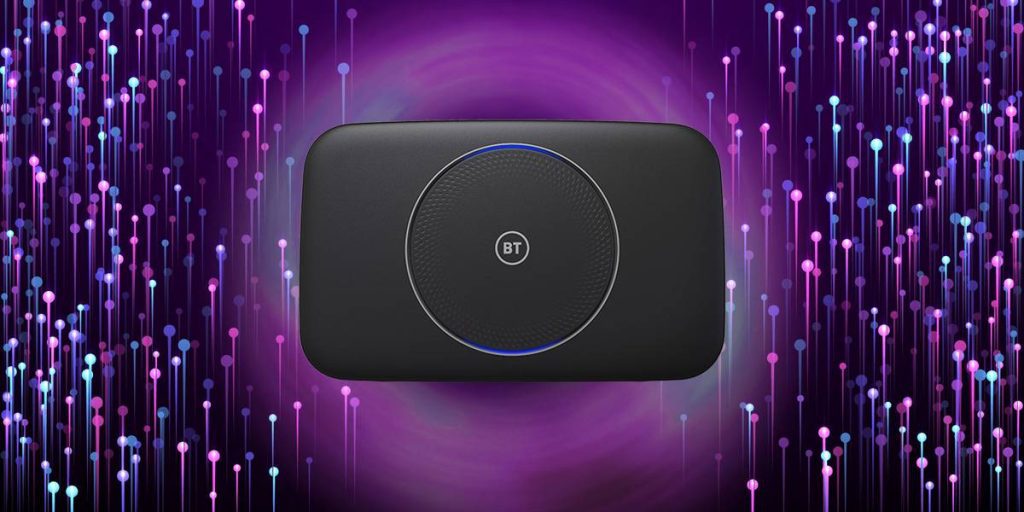Decoding the Role of Successful Podcasting With High-Speed Broadband UK!
Effortless Communication: Reliable Digital landline with Crystal Clear Calls and Advanced Features. Effortless Communication: Reliable Digital landline with Crystal Clear Calls and Advanced Features. Podcasting is all the rage these days, and it’s easy to see why, over 32% of UK adults now tune in to at least one podcast show in a monthly listening routine – that signifies over 18 million active listeners as of January 2025! And let’s take a gander to something startling. There are now over 5 million active podcast shows currently available in the UK in 2025. The numbers just keep climbing, the forecasts indicate it’ll go up by 28 million regular podcast listeners by 2026. This is something crazy, right? Moreover, Edison Research conducted a random study on podcast listening and found that 58% of respondents (active podcast listeners) agreed upon the fact that podcast shows are a medium to help them keep up to date about an industry or topic. This has betokened a trend of an increasing number of streams and downloads. Vodcasts (or video podcasts) are also creating hype in the podcasting industry, and this has now become a cultural phenomenon which has gone a common media format role. A good podcast show stimulates many of our important discussions, this eavesdropping act of conversation teaches us, educates us, amplifies new trends, circulates stories and experiences, and shapes our opinions. They’ve amplified the voice of marginalised people and created a platform for unspoken viewpoints. Statista observed that approximately 22% of active podcast listeners voted for comedy shows, while Football had ranked (10%) 2nd most popular podcast consumption in the UK. This outbreak in podcast popularity isn’t just a sudden craze. It gives a voice to those lesser-known viewpoints, that haven’t been heard before. Think of it – when you tune into an engaging podcast, it really feels like you’re listening in on a private conversation. You get to learn from the hosts and guests, you have a chance to ask questions, find fascinating stories and experiences, and even understand daily realities that could shape your knowledge in interesting ways. Podcasters portray guests through stories to promote a sense of belongingness and leverage niche communities to build connections among listeners. In a good podcast, you may find the tribes that vibe with you, speak about the stuff you care about, and nurture your key interests in any topic. It’s certainly a game changer, showing the huge impact it can have and tap into success it’s got. But do you know, it can also be rewarding? Yes, with the right skills, styles, and techniques to support you, you are likely to set up a popular podcast that global crowds love to listen you. Being heard manifests you as a successful podcaster. There are around 400,000 podcasts out there for absolutely everyone, each talking about different subjects. Whether you’re into political journalism, crypto influencers, comedians, AI/ML experts, nutrition coaches, health influencers, or any personal growth, your community has rallied around your interests. Heck, we even found a podcast telling about the history of paper clips which were first introduced in the 1890s or earlier, (who knew that could be so compelling?). But, creating a successful podcast isn’t always easy around. It takes the right skills, equipment, and strategies to produce high-quality, engaging audio content and needs a high-speed broadband connection in your room. But with the proliferation of high-speed unlimited fibre broadband throughout the UK, the live podcasting and recording of broadcasting episodes process has become a whole lot smoother and easier. They jump over clear discussions between hosts and guests in detail, share cool judgments, take questions, hand out useful info, etc. Want to learn, have details, have fun, find inspiration or get to know things? Just listen to podcasts. What began as a specific medium for a specific audience has transformed into a global phenomenon or your niche has turned into global villagers. This unexpected surge in podcasting popularity over the past decade is attributed to societal and tech shifts. Podcasts are super easy to see, listen to, and learn new things, no matter where you are or what you’re doing. You can join them on any device, whether you’re on your go, walking, sitting in a park, exercising, or just chilling, your active listening will teach you how to move from being ‘passive’ to ‘an active’ learner. So, there is always special thanks to high-speed fibre broadband service UK, your nationwide 5G mobile broadband, or sometimes your nearby local Wi-Fi network coverage. One of the most significant improvements in podcasting genres during this time is the smooth streaming experience that it offers to all active podcast listeners. So, downloading large audio files before enjoying a podcast is now a story of the past. Live Streaming technology and high speed fibre broadband deals UK have made it possible for users. Now no more waiting around for large files to download – now you can stream your favourite shows instantly, without any annoying buffering. This full fibre broadband service in the UK has turned up how we consume digital audio, it’s been a game-changer. Gone are the days of huddling around your computer, watching that dreaded loading circle spin and spin. Nowadays, you can access your podcast fix anytime, anywhere, on any device. Now, everyone just easily heads on to watch episodes on Spotify, Apple Podcasts, or one of the other great platforms out there and start listening. There’s never been a good time to start a podcast of your own! But how do you carry out a successful podcast without high-speed broadband? Only, high-speed fibre optic broadband connections can make it set up your day, because slowly spinning or buffering makes you flop podcast shows. This easy accessibility of full fibre broadband deals UK has led to the rapid growth of podcast consumption. Because a high-speed broadband connection lets you stream podcast episodes instantly, this development has reshaped our digital audio habits. Advanced voice technology, with digital audio and AI-assisted voice support,














